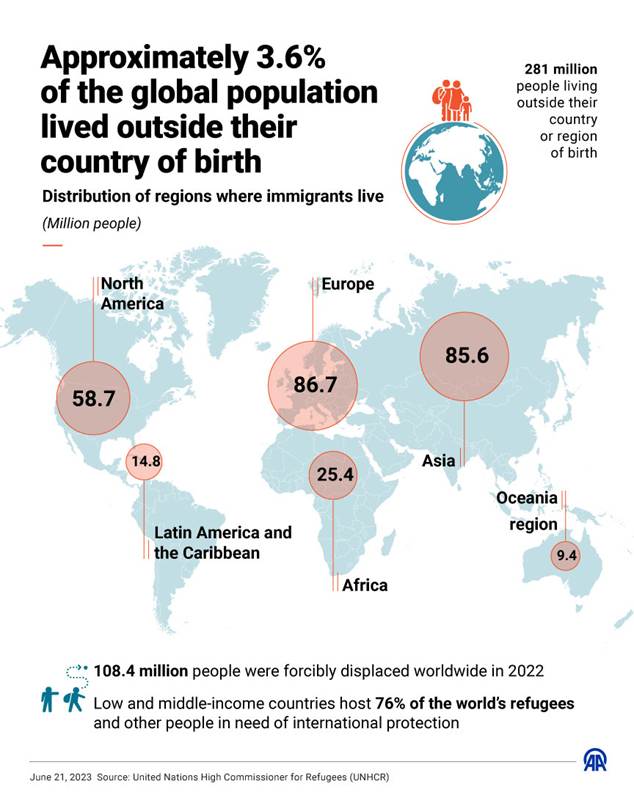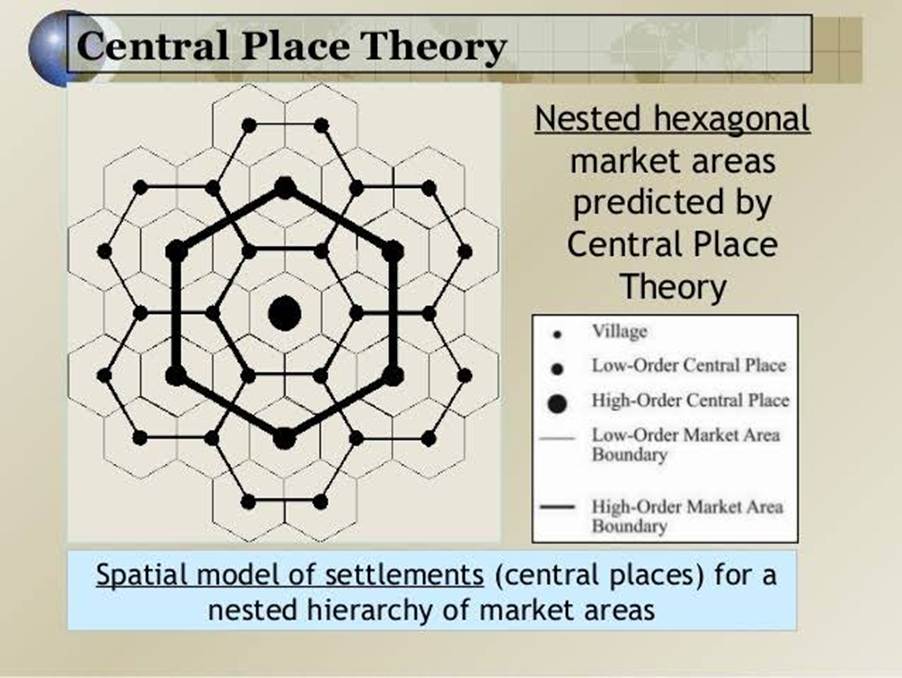Answer: 1. Introduction The Indian Space Policy, 2023 marks a strategic shift by embracing private sector participation alongside ISRO-led initiatives. The policy envisions a vibrant commercial space industry that will not only drive innovation and economic growth but also strengthen …
Answer: Introduction: Agricultural prosperity in India is shaped by institutional factors such as government policies, financial systems, research institutions, and cooperative movements. These factors influence productivity, market stability, and rural incomes. Theoretical perspectives, models, and legal frameworks provide a structured …
Answer: Introduction: The North-Eastern States of India are widely regarded as geopolitically sensitive and strategically significant due to a unique mix of location, historical legacies, socio-cultural dynamics, and evolving geopolitical imperatives. These states—which include Arunachal Pradesh, Assam, Manipur, Meghalaya, Mizoram, …
Answer: Introduction: Vultures play a vital role in ecosystems by efficiently disposing of animal carcasses and limiting the spread of diseases. However, over recent decades, their populations have plummeted due to factors such as the use of toxic veterinary drugs …
Answer: Introduction The Shiwalik Range, also known as the Siwalik Hills or the Sub-Himalayas, forms the outermost foothills of the Himalayas and stretches across parts of northern India, Nepal, and Pakistan. Unlike the high, crystalline structures of the main Himalayan …
(i) Lunkaransar(ii) Gua(iii) Raidak River(iv) Ekta Nagar(v) Chandanwari(vi) Babina(vii) Tatipaka(viii) Along Airport(ix) Karaikal(x) Panna
Answer: Introduction Developed countries today are characterized by persistently low fertility rates accompanied by aging populations. In many Western European nations, Japan, and parts of North America, birth rates have fallen below replacement levels, leading to a shrinking or slowly …
Answer: Introduction Semiconductor manufacturing has undergone significant spatial transformation over the past two decades. Traditionally concentrated in East Asia—particularly in Taiwan, South Korea, and Japan—the industry is now experiencing a geographic reconfiguration. This change is driven by factors such as …
Introduction In geographical analysis, a complementary region refers to an area within a settlement system where the functions, services, and economic activities of one centre are interrelated with, and complement, those of its neighbouring centres. In Christaller’s Central Place Theory, …
Answer: Introduction Developmental planning involves identifying regions that can act as engines for broader economic and social growth. In geography, models such as François Perroux’s Growth Pole Theory, Walter Christaller’s Central Place Theory, and Paul Krugman’s New Economic Geography underscore …







